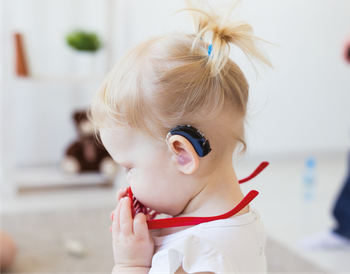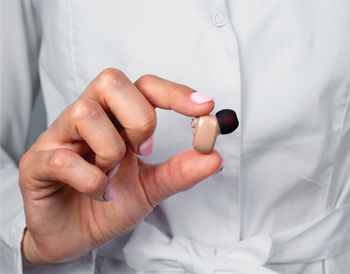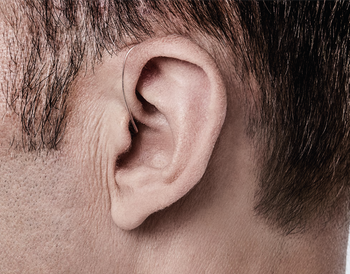Types of Hearing Aids

BTE
(Behind the ear) BTE hearing aids are particularly small in size and are worn inconspicuously behind the ear suitable for mild to profound hearing loss. New generations offer environmentally friendly and powerful battery technology, rechargeable, and smartphone/Bluetooth connection

CIC
(Completely in canal) CIC is very small in size and used in mild and moderate hearing loss. It fits inside the canal and is practically invisible.

RIC
(receiver in the canal ) RIC is used in the mild to moderate losses. Leaves the ear canal open for a natural sound quality. Only a very small devise behind the ear, partially invisible.
It has special features such as live streaming when connected to other electronic devices and rechargeable

ITC
(in the canal) ITC is used in severe hearing loss. It fits inside the ear canal and is partially visible.
Hearing Assessments
There are different causes of hearing problems. We can help you determine the reason behind the change in your hearing level.
Our different comprehensive hearing assessments include:
- Impedance testing: We will check the health of your eardrum, middle ear bones, and ear reflexes that respond to different sound levels and air pressure.
- Pure tone assessment: A set of sounds like peeps will be presented to you in order to evaluate your hearing levels.
- Speech Assessment: we will see how well you comprehend and hear the words we speak to you.
Hearing Aids
A hearing aid is a device designed to amplify or improve the sounds heard by individuals with hearing loss. It is typically worn in or behind the ear and helps to make a speech and other sounds clearer and more audible.
At our clinic, we have a variety of solutions for hearing aids for your needs.
With our partners, we bring the latest in the field. With different specs, designs, and sizes.
Our audiologist will help you choose the best for your case to get your hearing back or optimize it.
Cochlear Implant
A cochlear implant is a small electronic device that is surgically implanted into the inner ear to provide a sense of sound to people with severe hearing loss or deafness. It consists of two parts: an external processor that is worn behind the ear, and an internal receiver that is implanted under the skin.
The external processor captures sound from the environment and converts it into digital signals sent to the internal receiver via a small wire that passes through the skin. The receiver then sends these signals to an array of electrodes that are surgically inserted into the cochlea (a part of the inner ear), which stimulate the auditory nerve fibers and send signals to the brain.
Cochlear implants are most commonly used in people who have severe to profound sensorineural hearing loss, meaning that the hair cells in the cochlea are damaged or missing. It is important to note that a cochlear implant does not restore normal hearing, but it can help a person with hearing loss to understand speech and other sounds. The success of a cochlear implant depends on a variety of factors, including the age of the patient, the duration and cause of their hearing loss, and their ability to adapt to the new way of hearing.
Bone Conduction Hearing Aids
Bone conduction hearing aids are devices that use bone conduction technology to transmit sound directly to the inner ear. Instead of sending sound through the air like traditional hearing aids, bone conduction hearing aids send sound vibrations through the bones of the skull. This can be useful for people with damage to their outer or middle ear but still functioning inner ears. The sound vibrations bypass the damaged parts of the ear and reach the inner ear, allowing the person to hear sounds that they would otherwise not be able to hear. Bone conduction hearing aids are often used by people with conductive hearing loss, single-sided deafness, or individuals who have difficulty wearing traditional hearing aids.
After Care Service
Our care for you doesn’t end.
We will be by your side along the way. Our support for you will include answering all related questions at any time and educating you or your family on how safe use and maintain your aids. As well as the periodic maintenance of your device or its accessories and the repair of all malfunctions in our high-standard laboratories





